Down to the Wire
Handling an inflight emergency
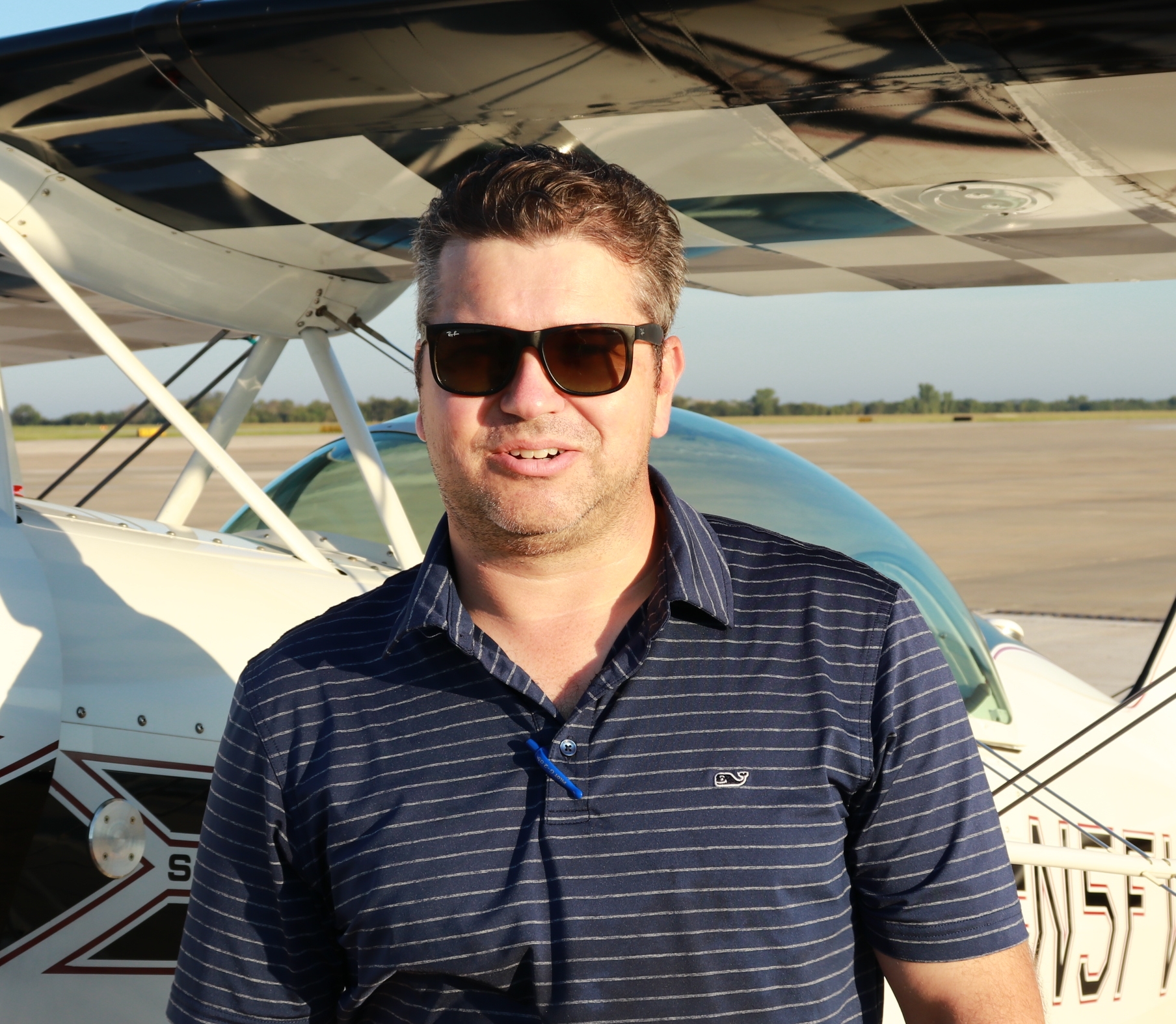

WEBSTER’S DICTIONARY defines an emergency as an unforeseen combination of circumstances or the resulting state that calls for immediate action. How we deal with unforeseen situations often has more to do with the final outcome than the nature of the problem itself.
This is not a story of insurmountable odds met with strapping heroism. It is the story of how an unexpected event in flight motivated me to learn more about the hardware and equipment to which we entrust our lives.
ONE WEEK TILL NATIONALS. Watch those boundaries! What’s the wind doing? Roll. Airspeed good. Pause. Pause. Pull…good rotation…eyes to the left wingtip…ease off the g a bit…TWANG! My heart skipped a beat as I heard the sound of a piano wire being cut and I felt a slight vibration through the control stick. My eyes went straight to the slack bracing wire running from the lower wing spar to the top of the cabanes. When my eyes met the broken wire, I was inverted, through about 135 degrees of pitch. I slowly pulled and rolled out of the maneuver at about 2,200 feet, reduced power, and settled in for a level cruise that seemed to stabilize the wire.
I was fortunate to be practicing in a box that was directly over an airfield at the time. My basal instincts told me to dive for the ground. The primordial part of my brain quickly figured out that I was in fact not a creature of the air, but rather a land-loving animal that wanted no part of this situation. Fortunately, pilot instincts and training are strong, too.
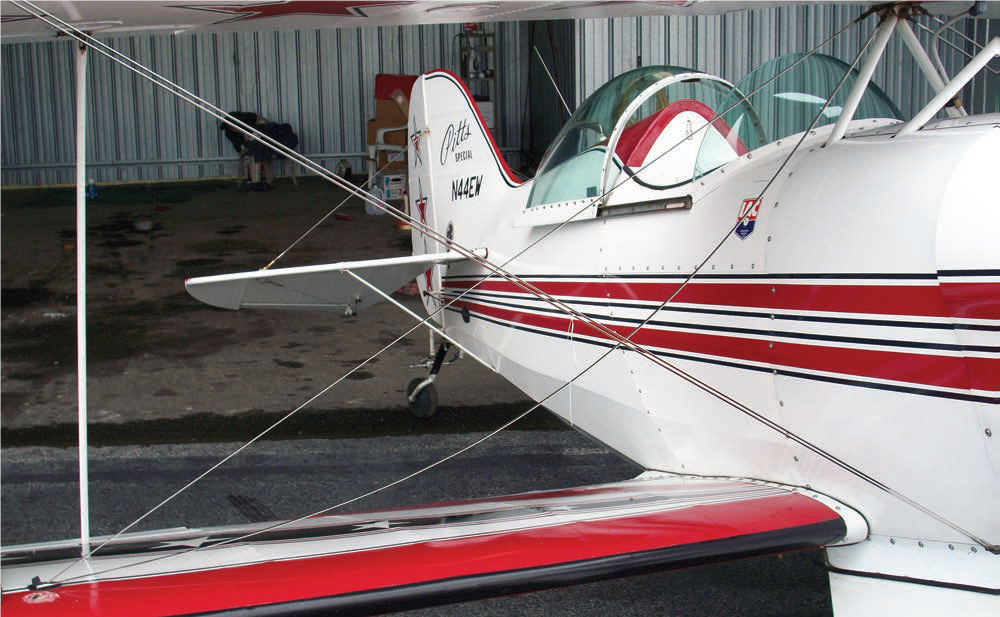
“Fly the plane. Fly the plane,” I told myself. I had heard it in my ear many times from many instructors, and I chose to fall back on this idea. “Do I still have an airplane?” I wondered. My definition requires three-dimensional control. “Do I have a landable airplane?” But wait! Before I answer this, if I don’t have control, am I ready and willing to leave this airplane? That’s a serious question, and one I needed to think about long and hard. The fact is that even having this option is a good thing. There are many of our compatriots who never had the luxury of such a choice.
“Yes. I’m ready to leave this plane if I need to, and I’m ready to go to work.” It was a deep and sobering moment, and I think it took about 15-20 seconds. From what I could already feel and see about the airplane, I was 99 percent sure I had control and sufficient structural integrity to land the plane. What gave me great pause was the potential for the second landing wire on the same side to go, and the potential for the broken wire to start flapping and do some serious damage.  (Photo Right - with the Javelin Removed it’s easy to see the potential for a streamlined tie rod to do considerable damage. Javelins reduce vibration, but they also limit the movement of the wire.)
While all this was going on I had reduced power in order to reduce airspeed and to reduce the influence of the prop wash. I had also initiated a slight climb to 2,500 feet. I wanted a little more altitude, but not so much more that coming down would be an additional challenge. I began my control check with a slight turn to the left. The wire instantly became very slack and threatened to begin flapping. A slight turn to the right kept the wire taut. Right turns it will be! After planning my traffic pattern, I cleared the area and made a wide, sweeping, descending right turn down to an uneventful landing.
A quick inspection revealed that everything was okay, except for the failed wire. I’d be scrambling to acquire one in time for Nationals. I had no idea how easy or hard it would be to locate a wire within a week. At the same time, I began to wonder about these wires I had relied on so heavily but often took for granted.
WHAT EXACTLY ARE FLYING WIRES?
Flying wires are actually a kind of wire rope called streamline tie rods. Although we tend to generically call them flying wires, on a Pitts, for example, the wires running from the top wing to the bottom of the firewall are the flying wires, as they take the positive g flight loads. The landing wires are attached between the lower wing and the top of the rear cabanes. Although streamline tie rods used to be manufactured in this country by Macwhyte and others, Bruntons Aero Products Ltd. (www. Bruntons.co.uk) is currently the only producer in the world. All wires in the United States are distributed by Steen Aero Lab (www.SteenAero.com/products/flying_wires.cfm).
David Stone is Steen Aero’s resident wire expert. If you have questions about a project or replacement wires, he is an excellent resource of flying wire knowledge. David says that Steen usually has a good supply of common wires for the Skybolt and S-1 series of planes. “Occasionally there will be a run on our stock, but we generally have a ready supply,” he says.
David is clearly passionate about flying wires and enjoys the close working relationship between Steen Aero and Bruntons. David and one of his colleagues traveled to Scotland in the fall of 2003, and the managing director of Bruntons, Alan Hook, has visited Florida several times over the years. David encourages IAC members to look up Bruntons and request a tour if they should find themselves in and around Edinburgh.
When I asked David what really stands out about working with flying wires he didn’t hesitate: “Th e most exciting projects are the old restorations where aircraft are reborn. The wires they require are unique and can be as long as 200 inches!” It’s the history and legacy of such aircraft that is so energizing. “A whole new generation will get to see an airplane that hasn’t existed for decades,” says David. One such project is the Seattle World Cruiser, led by Bob Dempster (www.SeattleWorldCruiser.org). When completed, the airplane will follow the route the first circumnavigation of the world by the original Douglas World Cruiser in 1924.
Although we are most familiar with the round tie rods used for internal bracing and the streamline wires used for external bracing, Aircraft Maintenance by Brimm and Boggess (Pitman Publishing, 1940) shows a variety of different wire configurations, including a style called “full streamline” (i.e., there is actually a leading and trailing edge, although the airfoil is symmetrical). The symmetrical streamline tie rods we know most commonly reduce drag to 1/6th of an equivalent round tie rod. Tie rods are also manufactured to exceed minimum strength standards, so the vast majority are stronger thanthe load they are designed to handle.
FAILURE IS RARE, BUT NOT UNHEARD OF
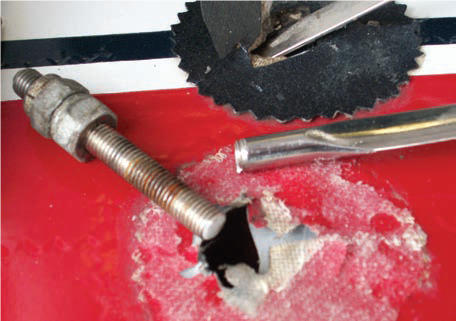
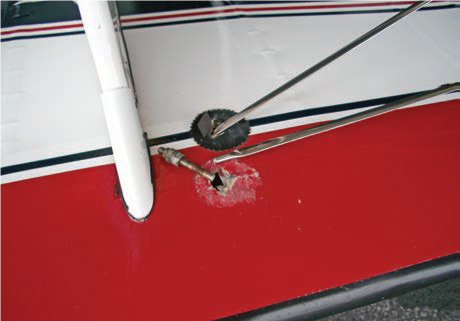
Other than the potential for fretting against aluminum javelins, when wires fail, it is often at the lower portion of the threads nearest the “shoulder” of the wire and prior to the flattened, streamlined portion. It is interesting to note that a close inspection of these wires in this failure location would require the removal of the wires from the airframe, so it is unlikely we are going to get a good look at this part of the wire on a regular basis.
(Photo LEFT shows that the wire failed near the end of the threads.)
Still, there are some important things that we can remember about maintaining and working with streamline tie rods:
- They should be cleaned and inspected regularly. Th e wire should be free of nicks and corrosion. A light oil can be applied, but if you have stainless wires in a relatively dry environment, they should hold up well without it.
- When installing wires or new hardware, use a light oil or grease on the threads to protect both the nuts or clevis and the wire threads. In applications using a clevis and a jam nut that locks the wire to the clevis, the jam nut should be tightened only 1/6th of a turn beyond contact with the clevis. Over tightening improperly stresses the threads of the clevis and the wire.
- If you need to tighten or remove a wire, use a flying wire wrench. The idea is to use a metal softer than the wire to prevent damage to the wire. Steen Aero makes one of soft aluminum that has custom notches for several sizes of flying wires. Brimm and Boggess suggest that aluminum, brass, or “fiber” stock can be notched and rounded to the same effect. In any case you should never “crank” on a wire. (An S-1’s main wires can be adjusted to the proper tension using leather gloves over a bare hand! Plan on sore fingers, though.) Slow but fi rm pressure will get the job done. When the wire is being rotated it is often necessary to adjust one end and then the other a little at a time so that the wire does not begin to twist. Streamlined wires, truly being ropes, can handle a great deal of tension but no compression, and do not handle twisting well.
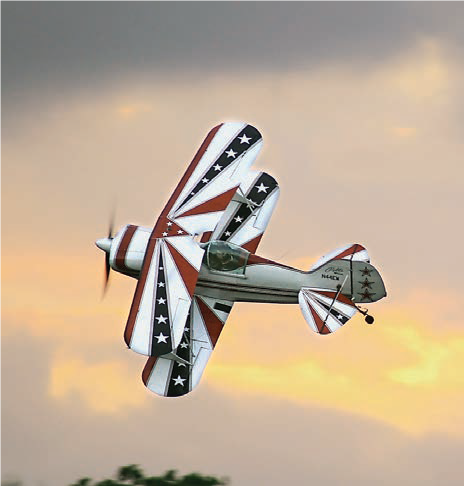
- When tensioning a tie rod, use a tensiometer. You can get close by guessing, but there’s no substitute for doing things right. Holloway Engineering (www.RadialEngine.com/fl ywire/index.html) makes a tensiometer that is compatible with beam and dial type torque wrenches for a fraction of the cost of an all-in-one unit.
RESOLUTION
The evening the wire broke I was on the phone to a gentleman I had met at the Cajun Contest the previous April, Ken Squires. Ken runs an aerial application company in Jeanerette, Louisiana (Penn-TexHelicopters, no longer in business). He had acquired an S-1S that had been wrecked by Hurricane Ike, and we had spent quite a bit of time talking about his project and my airplane. It’s funny how the friends you make at a contest can become your support network. I thought he might just have the wire I needed, so it was only a matter of convincing Ken to let me borrow or buy the wire. In truly generous fashion, Ken offered me the use of the wire before I could even ask: “If I have what you need, you’re more than welcome to it!” After confirming he had what I needed, the next morning I drove four hours round trip in a hard rain from Baton Rouge to Jeanerette, Louisiana. Within a few minutes of returning to the airport, my mechanic and I had the wire installed and properly tensioned. Weather kept me grounded for an additional 24 hours!
With the help of Ken, and the sage counsel of many of my aerobatic friends and mentors, my experience with a failed wire proved but a minor inconvenience. In the final analysis, this emergency proved to be a manageable one. I did as I was trained: flew the plane, prepared myself mentally to do what I needed to survive (including bail out, if necessary), determined the fly-ability and condition of the plane, and designed and carried out a plan of action. IAC

